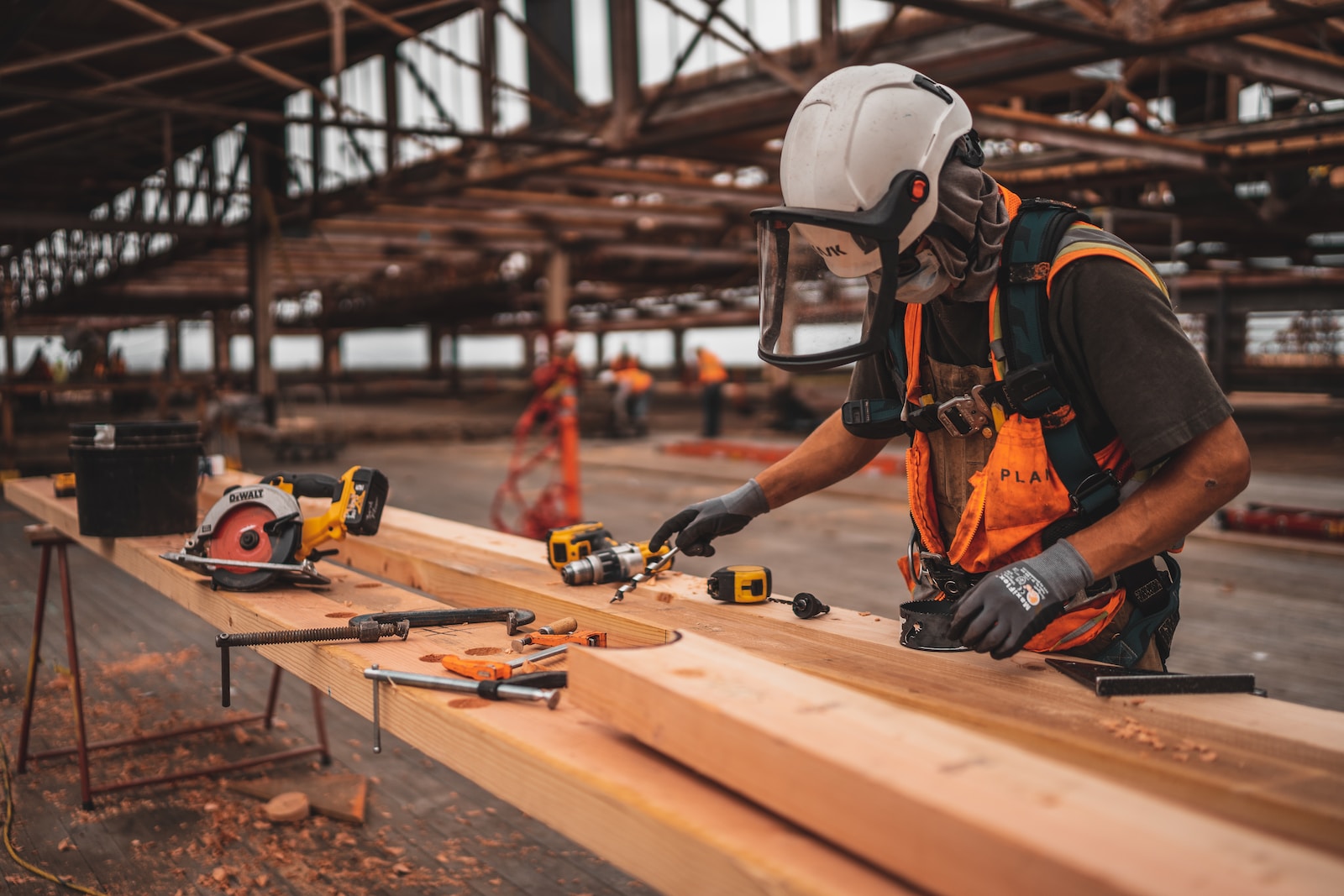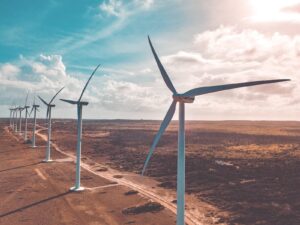Introduction
Sustainable construction is an essential practice in the real estate and construction industries. It involves implementing environmentally friendly techniques and innovations to reduce the environmental footprint of buildings and infrastructure. By prioritizing energy efficiency, water conservation, waste reduction, and indoor air quality, sustainable construction plays a significant role in creating a greener and more sustainable future.
Sustainable Construction Practices
Energy-efficient design
One of the key aspects of sustainable construction is designing buildings that are energy efficient. This involves utilizing Renewable energy sources such as solar panels or wind turbines to generate electricity. By incorporating passive design strategies like proper insulation, natural lighting, and shading, buildings can minimize the need for artificial heating, cooling, and lighting, thus reducing energy consumption and carbon emissions.
Water conservation
Water conservation is another crucial element of construction. By incorporating efficient plumbing fixtures like low-flow toilets and faucets, buildings can significantly reduce water consumption. Additionally, rainwater harvesting systems can collect and store rainwater for non-potable uses such as irrigation or toilet flushing, further reducing the demand for freshwater resources.
Waste reduction and recycling
Sustainable construction practices also prioritize waste reduction and recycling. Construction waste management involves implementing strategies to minimize waste generation during the construction process and properly disposing of or recycling the waste that is produced. Additionally, using recycled materials in construction, such as reclaimed wood or recycled plastic, helps reduce the demand for virgin resources and minimizes the environmental impact of building materials.
Indoor air quality
Ensuring good indoor air quality is essential for the health and well-being of building occupants. Sustainable building emphasizes the use of low-VOC (volatile organic compounds) materials, which emit fewer harmful chemicals into the air. Proper ventilation systems are also installed to circulate fresh air and remove indoor pollutants, creating a healthier indoor environment.
Innovations in Sustainable Construction
Green building certifications
Several Green Building certifications, such as LEED (Leadership in Energy and Environmental Design) and BREEAM (Building Research Establishment Environmental Assessment Method), have been developed to promote and recognize sustainable construction practices. These certifications assess various aspects of a building’s sustainability, including energy efficiency, water conservation, waste management, and indoor air quality. Achieving these certifications demonstrates a commitment to sustainable construction and can enhance a building’s market value.
Smart building technologies
Smart building technologies integrate advanced automation and control systems to optimize energy efficiency and occupant comfort. Energy management systems monitor and control energy usage, allowing building owners to identify and address energy inefficiencies. Automated lighting and HVAC (heating, ventilation, and air conditioning) controls adjust lighting and temperature settings based on occupancy, further reducing energy consumption without sacrificing comfort.
Green roofs and vertical gardens
Green roofs, which are covered with vegetation, provide numerous benefits in sustainable construction. They help reduce urban heat island effect, improve stormwater management by absorbing rainwater, and provide insulation, reducing the need for artificial heating and cooling. Vertical gardens, also known as living walls, can be implemented on building facades, bringing nature into urban environments and improving air quality.
Case Studies
Example 1: Net-zero energy buildings
Net-zero energy buildings are designed and constructed to produce as much energy as they consume over a year. These buildings utilize various sustainable construction features, including high-performance insulation, energy-efficient appliances, and renewable energy systems like solar panels or geothermal heat pumps. By prioritizing energy efficiency and on-site energy generation, net-zero energy buildings significantly reduce dependence on fossil fuels and contribute to a greener energy future.
Example 2: Sustainable retrofitting projects
Sustainable retrofitting involves upgrading existing buildings to improve energy efficiency and reduce environmental impact. This can include installing energy-efficient windows, upgrading insulation, or retrofitting lighting systems with LED fixtures. Sustainable retrofitting not only reduces energy consumption and carbon emissions but also offers cost-saving benefits in the form of lower utility bills and increased property value.
Benefits of Sustainable Construction
Environmental benefits
Sustainable construction practices offer significant environmental benefits. By reducing energy consumption and utilizing renewable energy sources, buildings contribute to the reduction of carbon emissions and combat climate change. Water conservation and waste reduction help preserve valuable natural resources, minimizing the overall impact on ecosystems. Additionally, sustainable construction promotes the use of environmentally friendly materials, further reducing the depletion of finite resources.
Economic benefits
Adopting sustainable development practices can lead to various economic benefits. Energy-efficient buildings have lower operating costs due to reduced energy consumption, resulting in long-term savings on utility bills. Furthermore, green buildings often experience increased property value and demand, as they are perceived as more desirable by tenants and buyers. Sustainable construction, therefore, offers both immediate and long-term financial advantages.
Conclusion
Sustainable construction is a vital aspect of real estate and construction industries. It’s aim is to reduce the environmental footprint of buildings and infrastructure. Using energy-efficient designs, saving water, reducing waste, and improving indoor air quality can make buildings eco-friendly. Green building certifications, smart technologies, and beautiful green roofs are all part of sustainable construction. In real estate and construction, it’s not just a choice, but a duty to promote these eco-friendly practices for a better, greener future in our cities.













